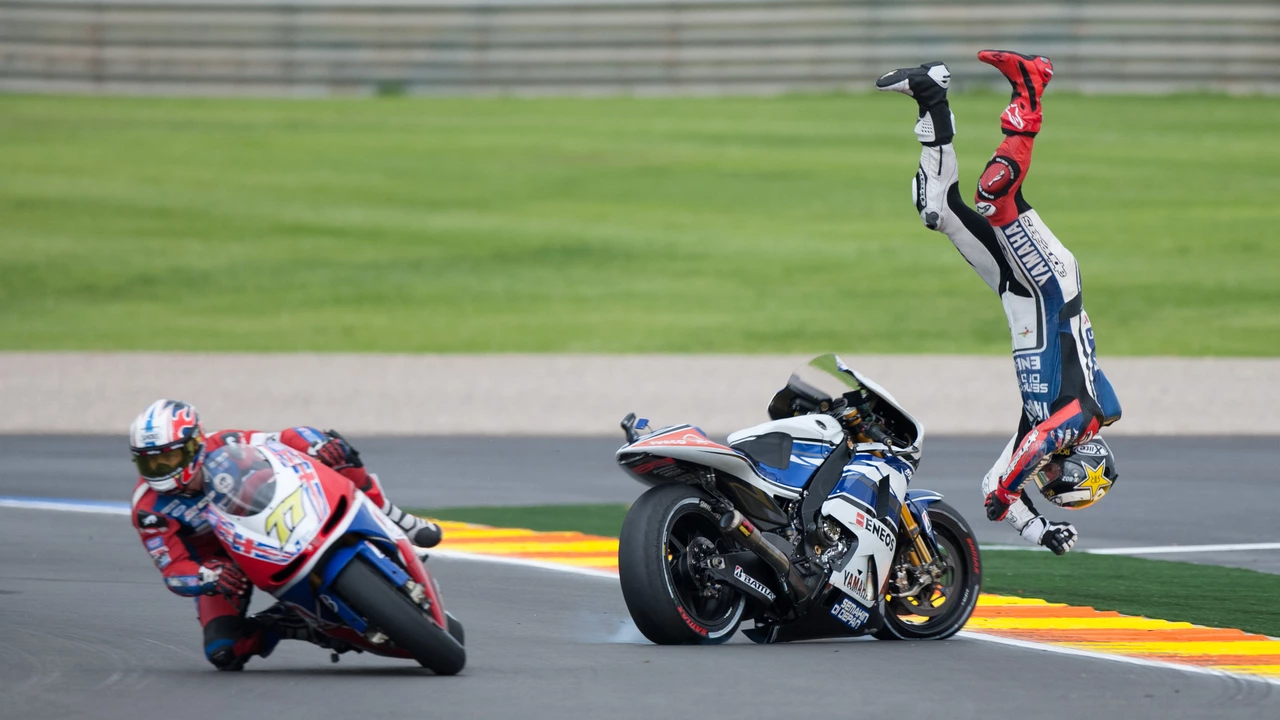Introduction: The Art of MotoGP Steering
When watching a MotoGP race, you might have noticed something peculiar. The riders, while hurtling down the track at exceptional speeds, don't seem to be turning their handles like you would expect. This might seem counterintuitive, especially to those unfamiliar with the intricacies of MotoGP racing. However, there's a method to this madness, and it's what allows these riders to perform at the top level.
Understanding the Physics of Motorcycle Riding
Before we delve into why MotoGP riders don't turn their handles, it's essential to understand the physics involved in motorcycle riding. Unlike cars, bikes don't turn simply by turning the steering wheel. They rely on a combination of balance, lean, and subtle handlebar inputs. The way you steer a bike depends greatly on your speed, and in the world of MotoGP, speeds are often extremely high.
The Concept of Countersteering
Countersteering is a technique used by motorcycle riders to initiate a turn. At high speeds, turning the handlebars in the direction you want to go won't work. Instead, you need to do the opposite. This might sound strange, but it's how riders gain control over their bikes. By pushing the handlebar on the side they want to turn towards, they can lean the bike in that direction and effectively initiate a turn.
Why MotoGP Riders Don't Turn Their Handles
Now, let's get to the crux of the matter. Why don't MotoGP riders turn their handles? The simple answer is that they do, but not in the way you might expect. MotoGP riders utilize a sophisticated technique known as countersteering. By applying pressure to the handlebar in the opposite direction of the turn, they can lean their bikes over and navigate the curve. This might not be noticeable to the untrained eye, but it's happening with every turn.
The Importance of Body Position in MotoGP
Body position plays a critical role in MotoGP racing. Riders don't just sit on their bikes; they actively use their bodies to control them. By shifting their weight and positioning themselves strategically, riders can influence how their bikes behave. This is particularly important when it comes to turning. By leaning into a turn, a rider can help his or her bike navigate the curve more efficiently.
The Art of Leaning
Leaning is an art that MotoGP riders have mastered. When approaching a turn, they lean into it, effectively shifting their center of gravity. This allows them to maintain control over their bikes while navigating the curve. The more they lean, the tighter they can turn. It's a delicate balance between leaning enough to make the turn but not so much that they lose control.
The Role of Tires in MotoGP Turning
Tires are another critical factor in MotoGP turning. The quality and condition of a bike's tires can greatly affect how it behaves on the track. MotoGP tires are designed to provide optimal grip, allowing riders to lean their bikes over without losing traction. This is essential for safe and effective turning at high speeds.
Training and Experience: Key to Mastering MotoGP Steering
Like any skill, mastering the art of MotoGP steering takes time and practice. Riders spend countless hours on the track, learning to understand their bikes and how they respond to different inputs. Experience is a crucial factor here. The more time a rider spends on his or her bike, the better they become at controlling it, especially when it comes to complex maneuvers like turning.
Conclusion: The Intricacies of MotoGP Steering
In conclusion, MotoGP steering is a complex process involving a delicate balance of physical and mechanical inputs. While it might seem like riders aren't turning their handles, they're actually using a sophisticated technique known as countersteering. Combined with strategic body positioning and the right tires, this allows them to navigate the track at high speeds and make it look easy.
FAQs: Demystifying MotoGP Steering
Finally, let's address some common questions about MotoGP steering. From the role of body position to the importance of tires, we'll cover the most frequently asked questions to help you better understand this fascinating sport. Remember, MotoGP riders are professionals who have honed their skills over many years. Their seemingly effortless control over their bikes is the result of intense training and experience.
